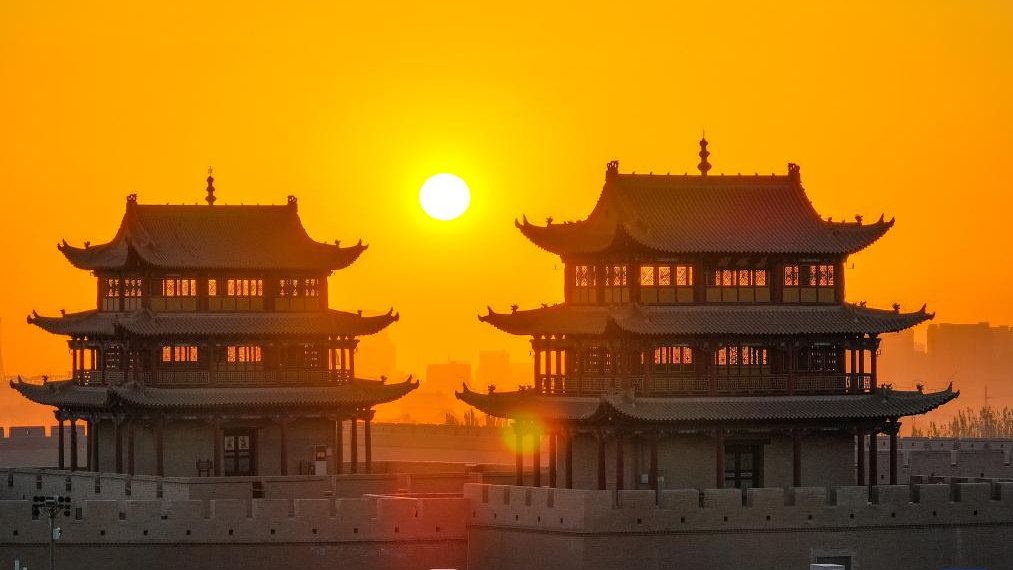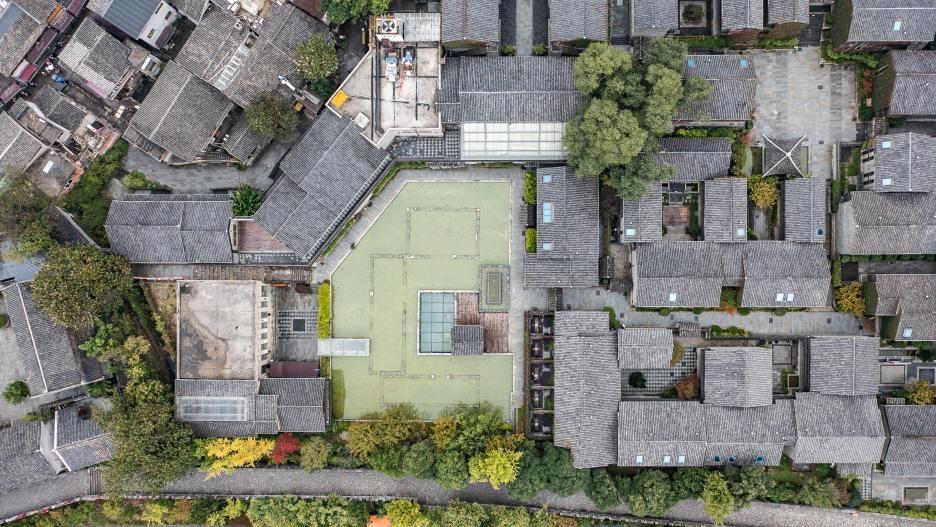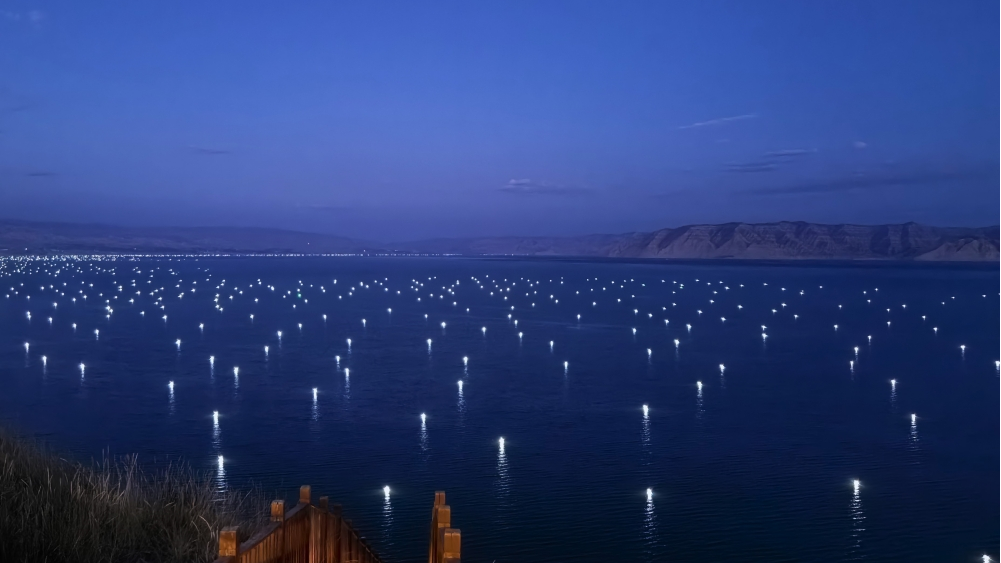Letter from China: A toast to the enchanting Xinjiang
TURPAN, Xinjiang, Oct. 19 (Xinhua) -- With our glasses gleaming with deep ruby-red local wine, I, along with over 40 journalists from around the world, was swept away by a wave of infectious joy during a winery tour in Turpan, Xinjiang.
"To our wonderful experience in Turpan! Cheers! Ganbei!" This celebration marked the end of our two-day adventure in this enchanting oasis city in northwest China, part of the 6th World Media Summit held in Xinjiang Uygur Autonomous Region this week.
Over 500 participants from more than 100 countries and regions had the chance to gain firsthand insight into the often-misunderstood Xinjiang. They were invited to travel to places around the vast hinterland region that accounts for one-sixth of the Chinese land territory.
One of the destinations was Turpan, which means "land with rich resources" in the Uygur language. Our tour of the winery, the crowning jewel of the area's sprawling vineyards, showcased Turpan's flourishing viticulture and booming winemaking.
Before touring the facilities and cellars, we first explored the vineyards. Turpan's high temperatures, long sunlight hours, sharp temperature shifts, and abundant groundwater create ideal conditions for growing high-quality grapes. With over 550 grape varieties spread across an area of more than 630,000 mu (42,000 hectares), Turpan is China's largest grape-growing region.
The city is renowned for producing some of China's finest wines. Winemaking, today a cornerstone of the local economy, has thrived here for 2,000 years. Currently, 42 wineries and companies operate in this city alone, producing more than 500 wine varieties. Beyond China, Turpan wines are enjoyed in over 10 countries and regions, including the UK, France, Italy, Japan, and Singapore.
During a wine-tasting session, Jose Luis Barcelo Mezquita, editor-director of Spanish newspaper El Mundo Financiero and a passionate wine lover, was delighted by one wine's bright taste and pleasing aroma. He told me, "People in my country are familiar with European wines but know almost nothing about Chinese labels."
His words echoed the sentiment of many visitors: there is so much about China, especially Xinjiang, that remains undiscovered.
This made the tour a valuable opportunity for media professionals to personally experience the true face of the region and share their experiences with the world: Xinjiang, a key gateway for China's westward opening up, is modern, open, and full of vitality.
In Turpan, we visited a CNH Energy photovoltaic power plant, where we learned about the city's rapidly growing clean energy industry -- another sector boosted by its natural resources.
One moment that stood out was when visitors gasped in awe at the sight of a fully solar-powered building reacting to the weather, automatically adjusting its ceiling, outer wall, and other systems to maintain constant temperature and light.
Standing in the center of the hall and watching the ceiling panels move like a living organism, Marcelo Benez, chief commercial officer of Brazilian newspaper Folha de S. Paulo, exclaimed, "This is how city infrastructure will function in the future."
Our trip also offered a glimpse into Turpan's rich cultural heritage. Under the soft moonlight glow, we wandered through the ruins of the 2,000-year-old Jiaohe city. As the largest and best-preserved ancient clay-built city in the world, the Jiaohe Ruins were added to the UNESCO World Heritage list in 2014.
The brisk night wind swept through a temple nestled within the Jiaohe Ruins, creating a tranquil atmosphere for a concert featuring traditional folk musical instruments. Soul-stirring melodies from flutes and strings filled the air, reviving memories of Jiaohe's glorious past as a vital stop along the ancient Silk Road.
Martina Gaudino, a journalist from Italy's Agenzia Nova, was amazed at the similarities between the musical instruments used and those from her homeland. "Italy and Xinjiang, though separated by thousands of miles, found an unexpected connection in this way."
As we returned to the city, its skyline twinkling with the lights of high-rise buildings, Benez remarked, "Xinjiang is where history meets modernity, and nature converges with technology."
The two-day trip felt just right. I witnessed how Xinjiang's rich cultural legacy and dynamic industries are drawing global attention.
"The development of Xinjiang has far surpassed many people's expectations. We need to understand Xinjiang for what it truly is," said Moriyasu Chikazawa, managing director of International Department at Kyodo News.
Photos
Related Stories
- Feature: Embracing green energy, China's Xinjiang sailing toward a more sustainable future
- Xinjiang in the eyes of local young people
- Modern, open, vibrant -- Xinjiang in eyes of world media professionals
- Interview: Thriving life in Xinjiang proves Western smear campaign wrong, Fatah official says
- China's Xinjiang to open up wider to world
- Russian woman explores the essence of NW China's Xinjiang
- Karamay in NW China's Xinjiang aims high in developing green computing power
- 6th World Media Summit opens in Urumqi
- Intelligent technologies enhance people's well-being
- A glimpse at the Karez wells in NW China's Xinjiang, China's 'Underground Great Wall'
Copyright © 2024 People's Daily Online. All Rights Reserved.









